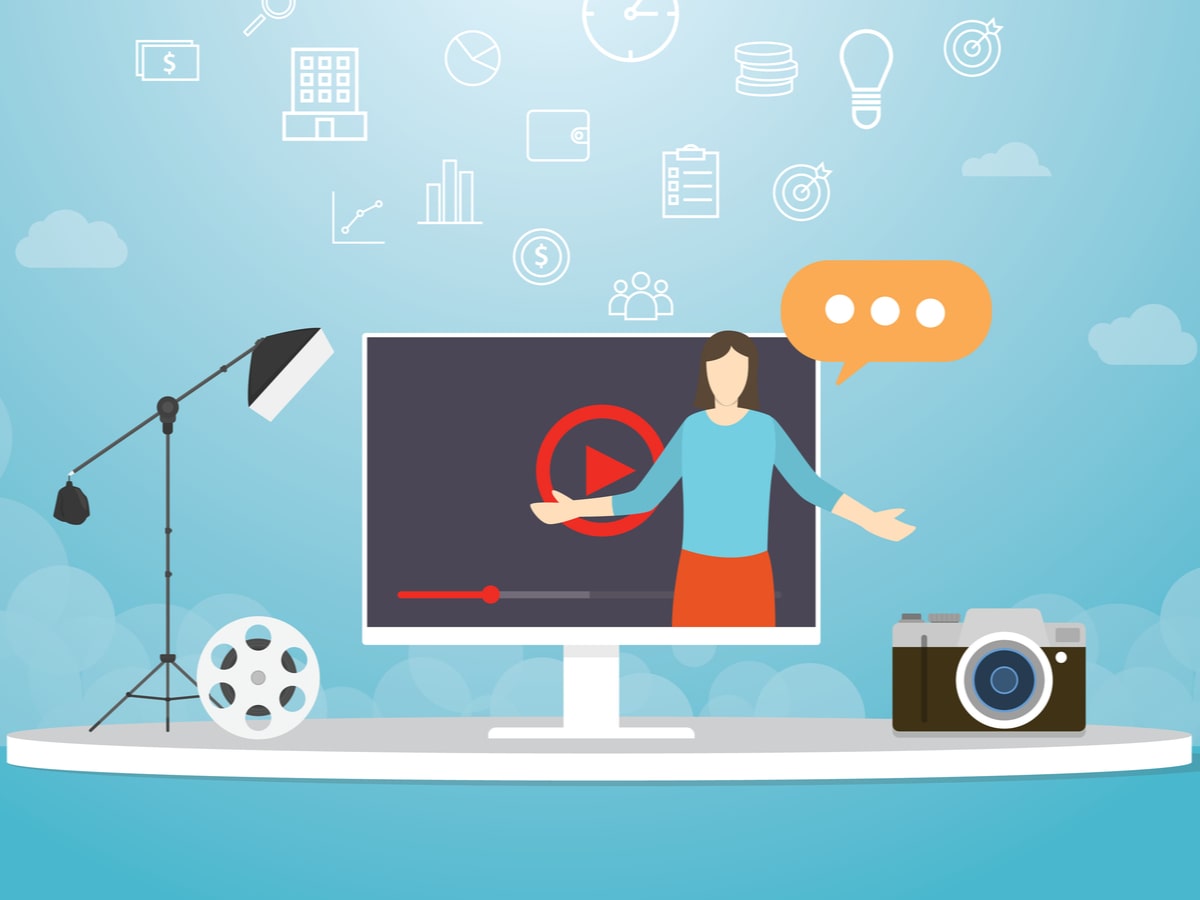[vc_row type=”in_container” full_screen_row_position=”middle” column_margin=”default” column_direction=”default” column_direction_tablet=”default” column_direction_phone=”default” scene_position=”center” bottom_padding=”80″ text_color=”dark” text_align=”left” row_border_radius=”none” row_border_radius_applies=”bg” overlay_strength=”0.3″ gradient_direction=”left_to_right” shape_divider_position=”bottom” bg_image_animation=”none” shape_type=””][vc_column column_padding=”no-extra-padding” column_padding_tablet=”inherit” column_padding_phone=”inherit” column_padding_position=”all” background_color_opacity=”1″ background_hover_color_opacity=”1″ column_shadow=”none” column_border_radius=”none” column_link_target=”_self” gradient_direction=”left_to_right” overlay_strength=”0.3″ width=”1/1″ tablet_width_inherit=”default” tablet_text_alignment=”default” phone_text_alignment=”default” column_border_width=”none” column_border_style=”solid” bg_image_animation=”none”][vc_column_text]
Understanding the Concepts of Medical Animation and it’s Application
Before talking about medical animation, try imagining a fist in the shape of a red heart. Can you see this in your eyes? How can a whole be divided into discrete parts, ventricles with distinct functions, and how do each move relative to each other? Blood passes through it and a network of arteries and veins. Do you see this plaque specifically in the tiny area of one of the arteries? Do you see how blood flows, slows down in this part and increases pressure? Can you imagine how this can lead to a heart attack?
Not everyone can imagine things visually. Also, words and 2D images are not enough to transmit professional photos. As a 3D artist, you know it very well. In addition to video distributions or operations, physicians can show pathological processes in other ways such as X-ray, MRI and ultrasound, but this is never a clear picture for us, not doctors. It’s true that even experienced physicians need visual medical communication. But more importantly, patients and medical students who lack practical experience should see this type of visual aid with complex 3D parts, unlike one-dimensional, static or fuzzy X-ray and ultrasound illustrations. In medicine, understanding the slightest movement and seeing things from different and impossible points of view, one can make a difference between life and death.
A 3D medical explainer video is probably the fastest, simplest and most detailed way of educating patients, medical students and lay people about medical processes. Take, for example, the process of angioplasty, a way of treating heart disease (like this heart attack, we asked you to imagine). To do this, insert the catheter into the vein to unlock the plaque. Even if tiny cameras can now fit into the veins to show this process, it would not be understood that the process does not seem like animation. And this is just one of the cases when medical visual communication is most needed.
But there are not only simulations for patient training. It has many applications, particularly in the sale of medical equipment, medical services and medical products, a very lucrative sector. If you would like to know more about the specific types of medical visual communication as you continue to read this article.
Today, many companies know that video and animation are an essential part of marketing and a great way to convey information to consumers and customers. The medical industry is no different, using charts, drawings and illustrations, photographs and videos to facilitate better learning and communication. A medical explainer is also a useful tool for clarifying many vital topics, procedures and methods that are often difficult to understand, and is also a cost effective option.
Since animation helps to improve memory preservation much more than just a verbal or written explanation, it can be beneficial for many healthcare professionals, institutions, pharmaceutical companies and other healthcare organizations. Here are five reasons why you need medical animation videos.
Why Medical Animation Video is Necessary for all Health Marketing
1. The image will always exceed the text to save
Remember the first time you learned words like “apple” and “dog”. There were still pictures of the named objects that accompanied these words and for excellent reasons. The human brain is well remembered by paintings, illustrations and animations that serve as a visual aid. Video or animation improves savings by 50%. This is particularly important in the medical field, where medical animation can be used in many areas of study and discipline, thereby giving a more precise picture to the brain.
2. Viewers can easily understand the animation
Just as medical animation video can help save money, it can also help viewers better understand the process, procedure or other area detailed in the animation, such as blood cells passing through the veins or when an eyeball perceives his environment.
3. Animation has more impact on people
Telling someone that he has high cholesterol or showing him the image of an obstructed artery can be quite acute, but show the medical animation of the clogged artery and you will get an educational tool. It may be simply to make the patient understand the seriousness of the various medical conditions.
4. 3D medical animation video can be used to explain surgical procedures.
3D medical animation video can clearly describe how multiple surgeries are performed, such as the replacement of the kidney, appendectomy and so on. Having a better idea of how an operation is presented can make it less inconvenient for the patient before the surgical process.
5. A medical explainer video can be used to show how to use drugs properly
Instructions for medication vials can sometimes be incomprehensible and confusing to read, and patients may not always remember all the details when speaking orally. However, medical animation can help them better understand how to use medication correctly and maintain prescription prescriptions.
3D medical animations videos not only improve healthcare professionals infinitely but can also be adapted to the simplified version to inform the average patient without thorough knowledge. When used for medical purposes in medical schools or marketing purposes in medical service companies, 3D animation of medical videos can simplify complex concepts and procedures as quickly as possible. Medical companies that produce animations, and make good use of animation includes the following areas:
Patient education:
3D medical explainer video provides adequate information, reminiscences and treatments by engaging patients and providing them with better communication. They enable patients to understand their condition and, in turn, to explore practical ways to prevent, recover and avoid future relapses or complications. They are even used to give informed consent before the start of medical procedures.
Medical simulation:
A medical animation is a valuable tool that can be used to promote medical education. The false representation of the real world process contributes to the achievement of educational goals through experiential learning. Animation companies and 3D animation studios use simulators to replicate clinical scenarios.
Cellular and molecular animation:
With 3D medical animations, it’s easy to go out when the eyes can not reach. Animated medical images and videos are used to illustrate microscopic and even submicroscopic processes at the subcellular level, contributing to a bright and profound understanding. Teachers view 3D medical animation as an essential tool that can be used to study the complex processes that occur at the cellular and molecular levels.
Mechanism of pharmaceutical action:
A 3D medical explainer is an invaluable resource that dramatically reflects the binding of a new drug to cell structures, a retractor that gently carries the incision on the back for a decompression operation of the spine or a screw connecting two bone.
Instructions for emergency care:
Medical animation videos are used to explain to novices how to perform cardiopulmonary resuscitation in case of an emergency. The 3D animated audio captures that you can view can be easily seen on mobile phones or other portable electronic devices.
Judicial reconstruction:
You can perform a virtual autopsy using MRI or “Virsopsis” dead remains too damaged to be rebuilt otherwise. Medical animations videos can be used even for the judicial “reconstruction” of the crime scene. This helps in Better and clearer understanding for an autopsy.
E-learning:
As mentioned above, computer image processing technology has made it possible to create a 3D animation exposed to the human body. This facilitates the training of doctors and their patients. Also, 3D medical animation can even help investors understand new technologies and therefore make sound investment decisions. Animated 3D visual aids, of course, contribute to demonstrate the exact purpose of how a new drug will act on it, and even to display the (expected) result, making the effect of the drug entirely clear for the patient.
Surgical training and planning:
Modern 3D medical animations videos can easily be used to explain everything from complex surgical procedures to the mechanisms of action of pharmaceuticals. From basic invasive tests to complex surgical repairs, including post-operative care and rehabilitation, medical practitioners can clearly describe them.
Giving life to static objects (their animation) is a labour-intensive and time-consuming task. In an article devoted to the work of 3D animators, A review of the process of the work, challenges and favourite moments. Below is a complete list of graphics software that would be an excellent tool for 3D medical animators.
Graphic Software For Creating Medical Animation Videos
Maya
Maya opens a list of your favourite animated 3D animations, thanks to the custom interface. A wide range of functions and tools led him to the top. The program is very flexible because it has an open source code that allows the user to make the necessary changes and adjust the software to their personal needs.
Maya uses 3D-specialists to create visual effects for all time favourite movies, such as Harry Potter, Transformers and Game of Thrones. “How does this deal with medical animation?” “Answer in all respects.” The program offers a specialized tool for complex modelling objects such as hair, organs, fluids and even cells.
Manually adjusting the platform of the characters is often a painful process, since the weight of each bone must be painted in parts. Maya frees the user from this task and creates mature skin and weight equipment ready for 3D animation.
ZBrush
ZBrush is an ideal sculpture program that simplifies the 3D graphics process. In general, ZBrush is used as a finishing tool with the necessary geometric utilities.
Standard workflow-based brushes, to add or subtract components used a brush on a blank canvas or existing template. One of the most exciting tools is ZSketch, which provides the digital equivalent of clay modelling techniques. To cut in clay, you have to create a skeleton, to which clay strips are added, to build a model from scratch. ZSketch allows you to draw geometric “stripes” that can be attached to the ZBrush skeleton just like a frame.
With Zbrush, you can create more realistic models. The biasing map method allows you to reduce the number of polygons, which is crucial for creating 3D animations.
Nuclear Weapons
Nuke is perceived as an absolute benchmark for composite programs. It offers an unlimited 3D-integrated environment that allows you to create and play back complex scenes consisting of cadres 2D, 3D-models, maps, basic geometry, cameras, lights and nets. Although not very useful for editing animated graphics, but in terms of a severe 3D composition, Nuke does not have a competitor.
The software can create and manage the massive flow of composite components and supports multiple workflows including 2D, and 3D composition of imports enabled 3D-geometry. Nuke allows import/export 32-bit image formats such as HDR, TIF, EXR, to maintain accurate workflow throughout graph nodes.
Adobe After Effects
Adobe After Effects is an excellent tool for animated graphics. It is sturdy and full of effects, tools and functions by default. When you finally master your creativity, your imagination (and the processor / graphics processor of your computer) is the only limitation.
You can create videos in unusual formats other than the standard HD or 4K format. Using inexpensive plug-ins, you can also create 360 panoramas and VR videos. Curve training is difficult for this. You can learn the basics pretty quickly, but there are many features for advanced users who take a lot of time and get used to it.
Artist of a substance
The Painter Substance can display 3D models in real time and view the product. Although Maya with Photoshop can show images in the form of visualization, it is already presented as a substance in the ready-to-use format.
The software can be used to create realistic surfaces for use in real-time visualization and environments. The Painter Substance is an essential program for those working in a team and needs to share material or export options with other users.
As you can see, creating an exciting image requires a lot of manual work and technical skills. Leave yourself a 3D animated video.
Check out the benefits of explainer videos here.[/vc_column_text][/vc_column][/vc_row]







